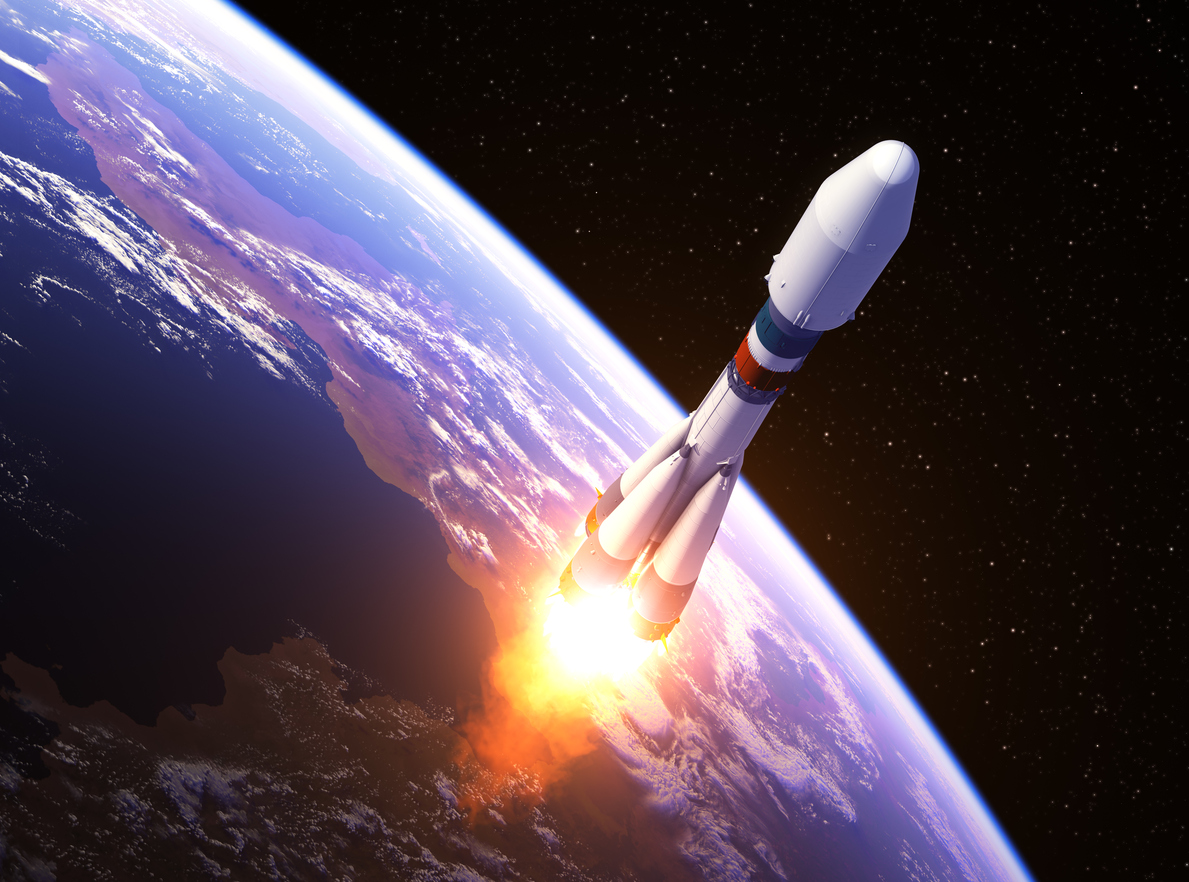2021/11/11
Successful Launch of the Replacement for the First Satellite "MICHIBIKI," Japan’s Quasi-Zenith Satellite System; Development of a New Application Field is Expected

(The original article in Japanese was posted on October 29, 2021)
On October 26, Mitsubishi Heavy Industries, Ltd. made a successful launch of the H-IIA Launch Vehicle No.44. Loaded into the rocket, the replacement for the first satellite "MICHIBIKI," the Quasi-Zenith Satellite System (QZSS), was smoothly put into orbit. "Michibiki" is a satellite positioning system developed originally in Japan. The first satellite was launched in 2010, and currently the system is operated in the basic four-satellite constellation. Normally, geostationary satellites orbit Earth above the equator at the speed equal to Earth's rotation, but "Michibiki" takes a figure-eight shaped orbit up in the sky covering from Japan to Australia when viewed from space. It is designed to ensure that one of the four satellites can stay over Japan at all times. The operation with multiple number of satellites is aimed to provide a longer staying time over Japan. The constellation is planned to be increased to 7 satellites by adding 3 more in 2023.
I have a special feeling of empathy to hear the successful QZSS news. It was in 2003 that I participated in a research business to verify the application fields by assuming a future quasi-zenith satellite system, which was part of the comprehensive project for the engineering test satellite ETS-VIII. I remember exchanging active discussions with the project members from the National Space Development Agency of Japan (currently JAXA) on various subjects associated with consumer demand and public services such as vehicle operation management, intra communication system, telemedical care in depopulated areas, and mountain rescue service. Now, I feel a kind of satisfaction to know that many of these subjects have been realized at higher levels than expected in those days.
As is generally known, GPS is originally developed by the United States Government for military purposes, and civilian use became common since it was open to the private sector in 1993. At the same time, unique GPS development without depending on the US has been accelerated. China launched the first satellite in 2000 and opened utilization of satellite systems to the private sector at the end of the following year. Lately, with a successful delivery of the 55th satellite into orbit, China declared the completion of its original GPS, "Hokuto” in June last year. Russia and India are also operating their own positioning systems, and similarly, development of the original GPS has been started in EU countries as well. As we see the GPS development rush, it is obvious that ensuring of “sovereignty over global positioning system” is a matter of the utmost importance for national security. Besides, a struggle for taking leadership in the GPS related consumer market is strengthened seriously. China is actively marketing "Hokuto" under the "One Belt, One Road" Initiative. The Hokuto-related products have already been exported to 120 countries while the market attained a value of 400 billion yuan in 2020 and is expected to reach 1 trillion yuan in 2025.
Undoubtedly, the potential of "Michibiki," with the integral coverage of the Asia-Oceania regions, is also considerable. The competitive advantage of "Michibiki" is derived from its high accuracy and stability based on the interoperability with the US GPS. However, for a future market development, it is indispensable to recruit operational applications widely from the private sector.
This year, seven applications were adopted in the challenge for "Demonstration experiments utilizing QZSS Michibiki." The diversified application themes include assistance services for the visually impaired, support for drone flights, and a measure to indicate running positions of electric kickboards. Profiles of the proposers also show a wide variety of background such as a startup company being independent from a major manufacturing company, a micro-mobility venture company, and a granting agency for the development of high-tech robots. I’m looking forward to witnessing the constant success of the experiments, practical applications, as well as their future contribution to a new market development.
This Week’s Focus, October 29
Takashi Mizukoshi, the President